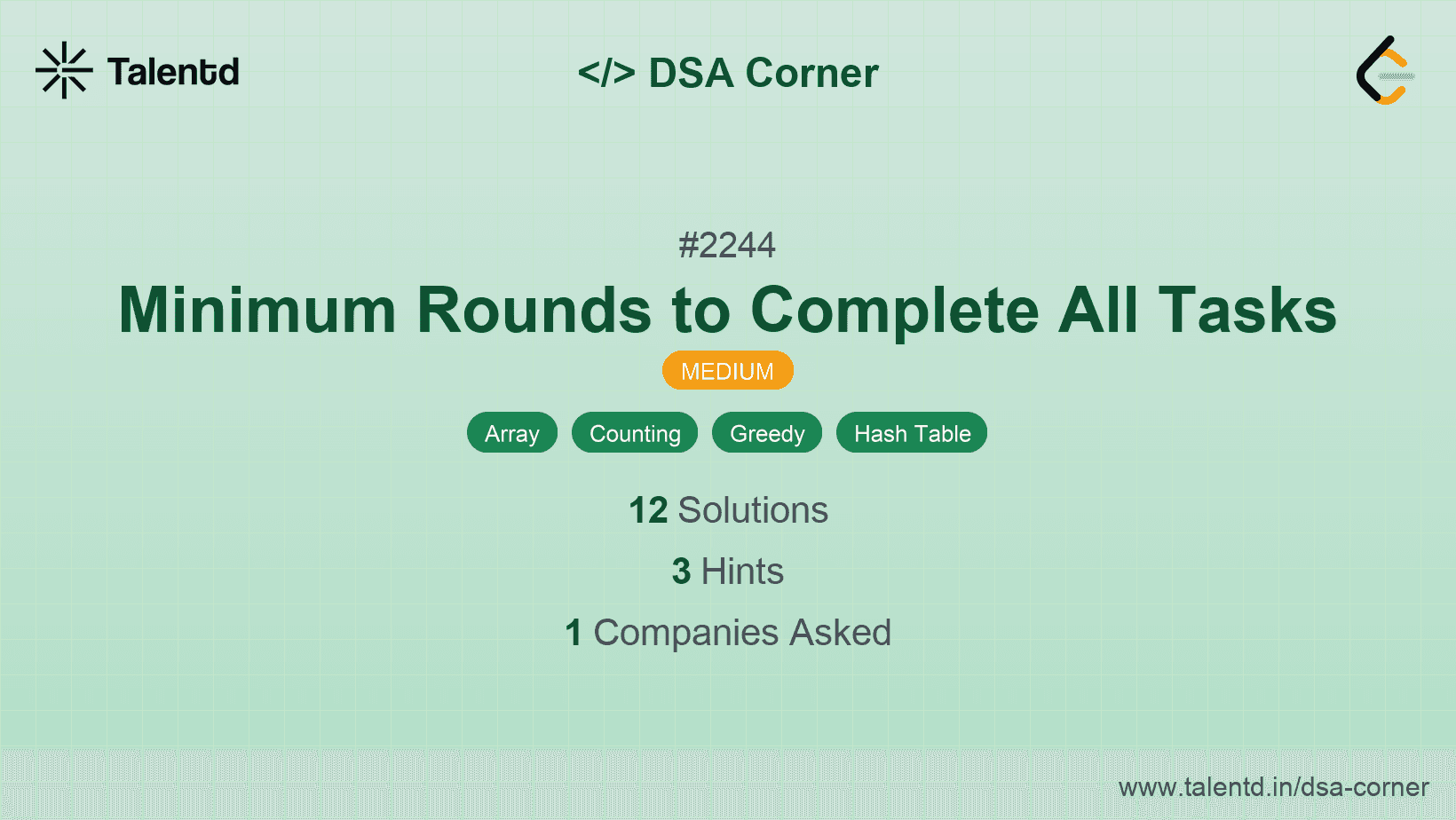
Sponsored
Sponsored
This approach involves breaking down the problem into smaller subproblems, solving each of them independently, and combining their results in an efficient way. It often uses recursion to handle each subproblem.
Time Complexity: T(n) = 2T(n/2) + O(n) => O(n log n)
Space Complexity: O(log n) due to recursion stack space.
1#include <iostream>
2
3void solveProblem(/* parameters */) {
4 // Base case solution
5 if (/* base condition */) {
6 return;
7 }
8 // Divide
9 int mid = /* calculate middle */;
10 // Conquer
11 solveProblem(/* left part */);
12 solveProblem(/* right part */);
13 // Combine
14 // combine left and right solutions
15}
16
17int main() {
18 // Call the function with initial parameters
19 solveProblem(/* initial parameters */);
20 return 0;
21}This C++ code follows the same strategy as the C code, making use of recursive division of problems and then combining results.
This approach involves solving complex problems by breaking them into simpler overlapping subproblems, storing the results of subproblems to avoid redundant calculations, and constructing a solution from these stored results.
Time Complexity: O(n)
Space Complexity: O(n)
1
JavaScript solution using an array to memoize results of subproblems, avoiding repeated calculations and hence optimizing subsequent operations.